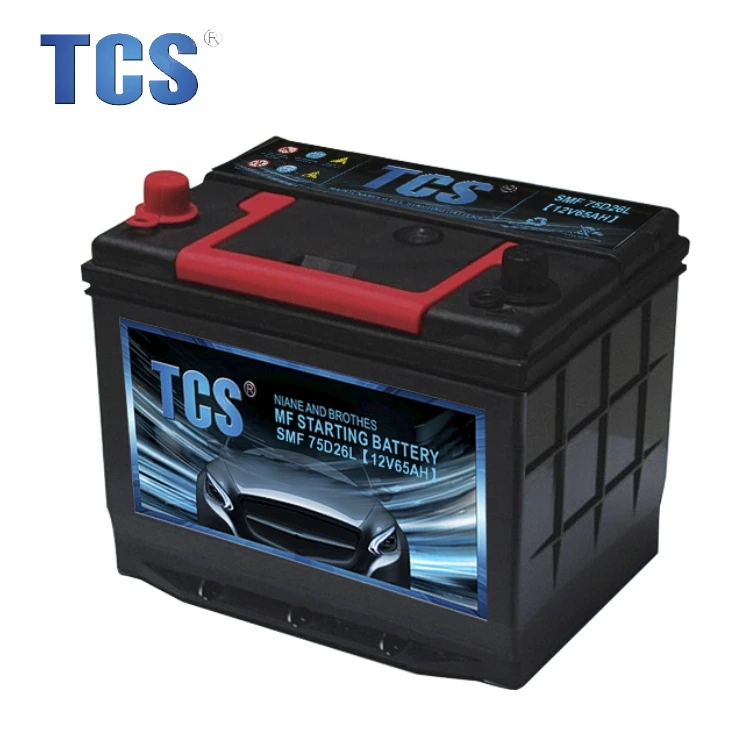

The electrical current then proceeds to flow through the EV, ending in the negative current collector. Thus, resulting in a positive charge in the current collector.
Used car batteries free#
This displacement of lithium ions results in the creation of free electrons in the anode. The electrolyte, made of an organic compound consisting of lithium salts, transfers the positively charged lithium ions from the anode to the cathode, and vice-versa through the separator. In the case of a lithium-ion battery, the anode and cathode store the lithium. In order to work, EV batteries require an anode, cathode, separator, electrolyte, and two current allocators (positive and negative). What Makes Them Unique?īatteries in EVs are different from conventional engine batteries, as they are required to provide a continual discharge of energy whereas the latter requires a short, high energy burst to start the engine. They are designed to have a high power-to-weight ratio and energy storage capacity. This battery is stored under the floor of the car, inside the chassis. Hundreds of these cells are packed together into modules to form a larger car battery. They are rechargeable devices, usually made from lithium-ion battery cells.

Which Types of Batteries Are Used In Electric Cars?.


 0 kommentar(er)
0 kommentar(er)
